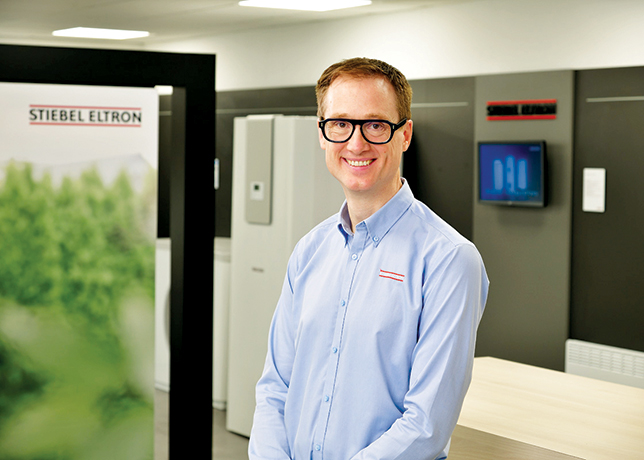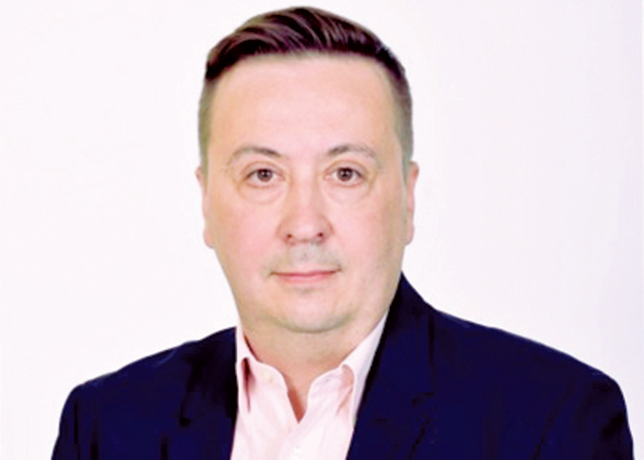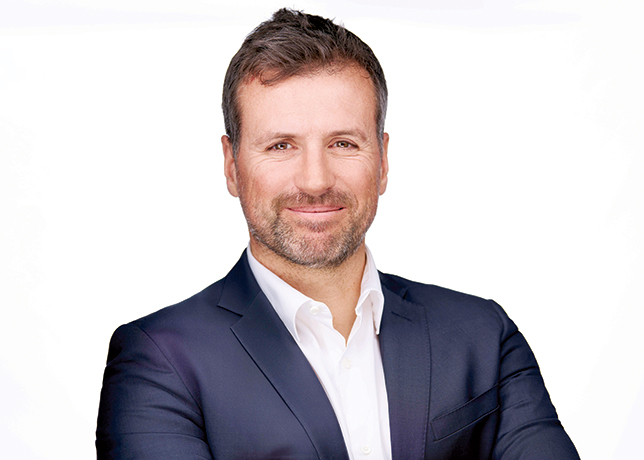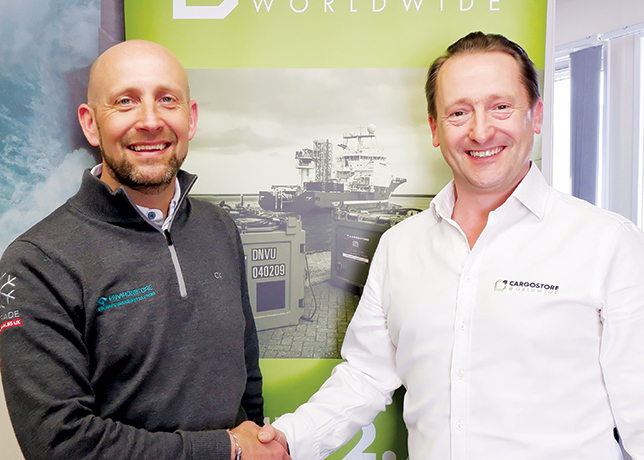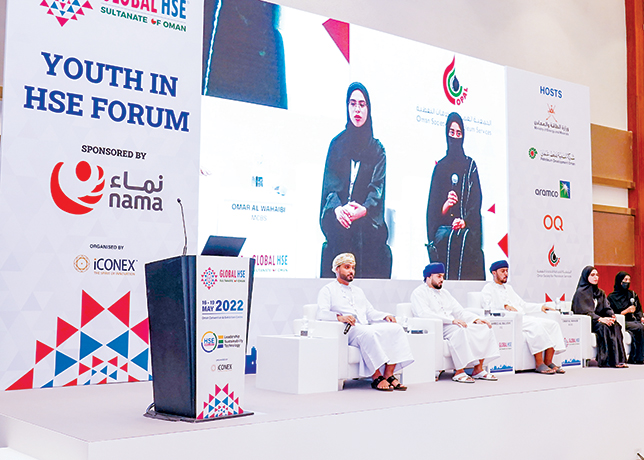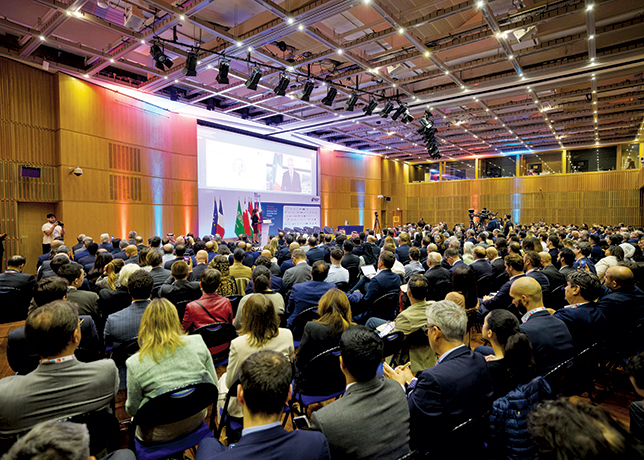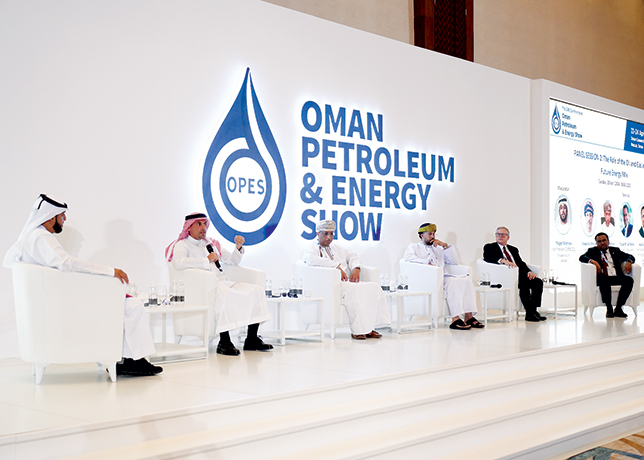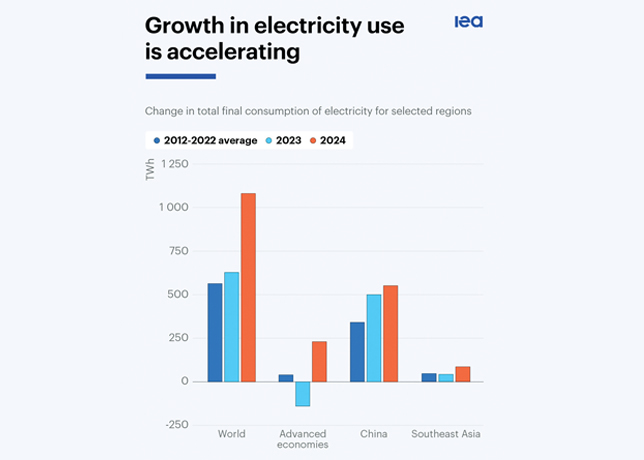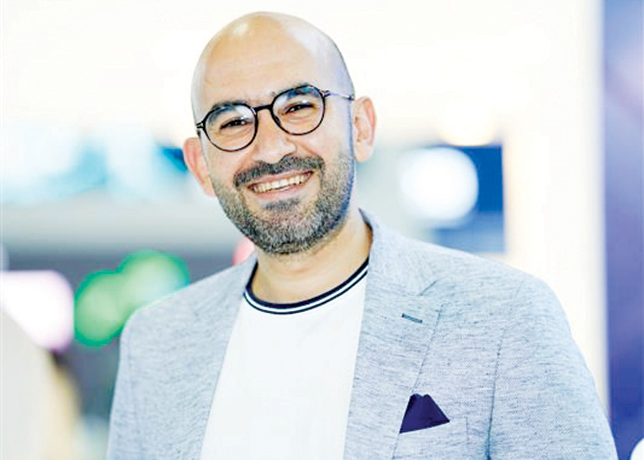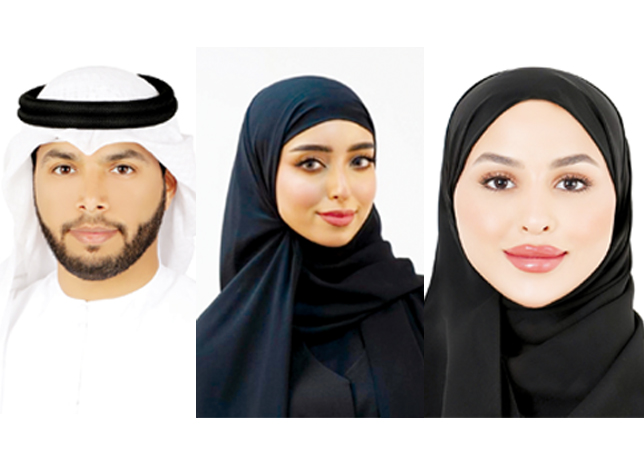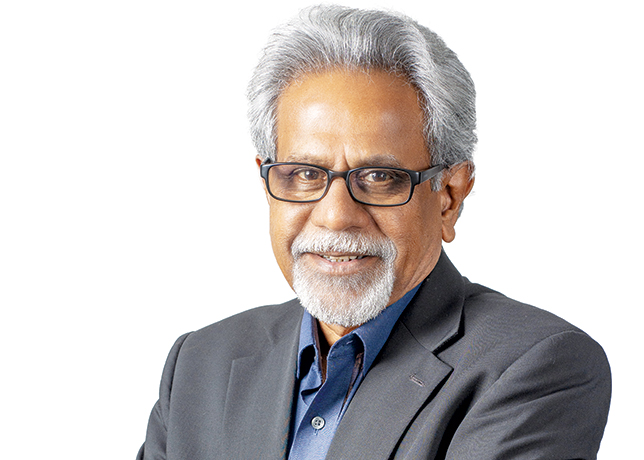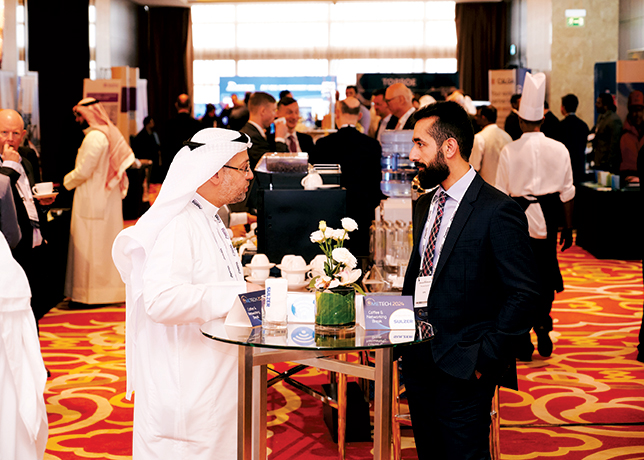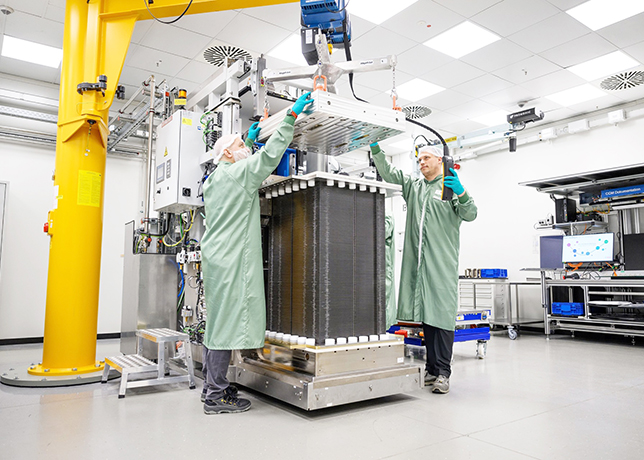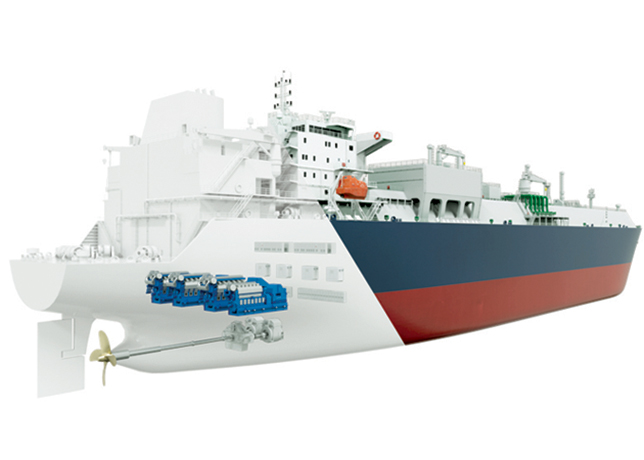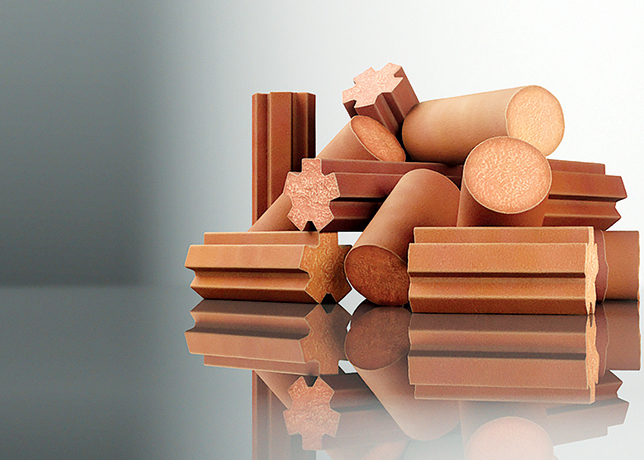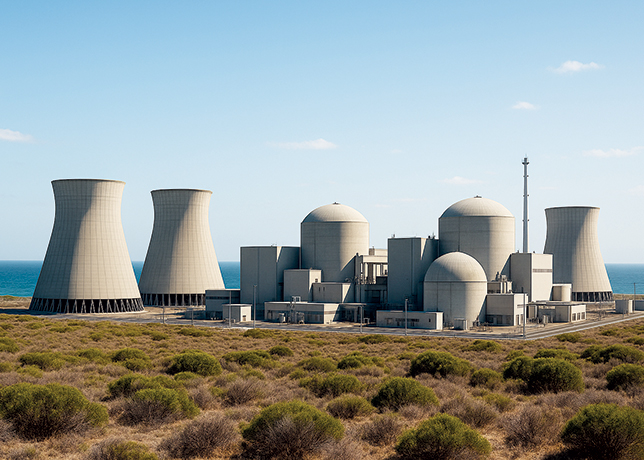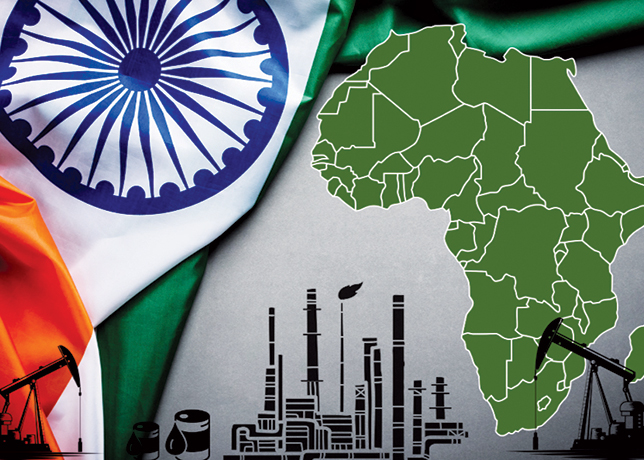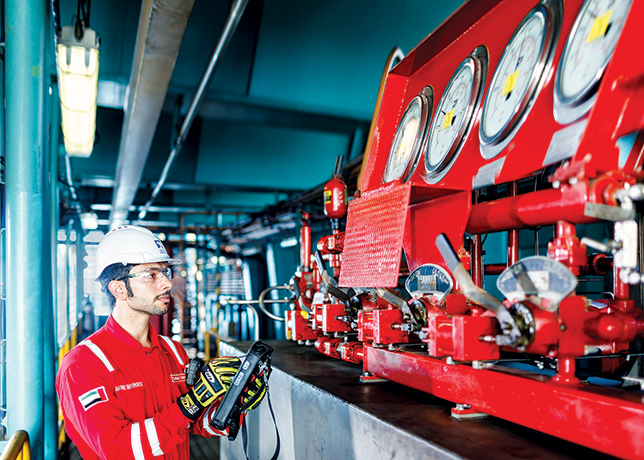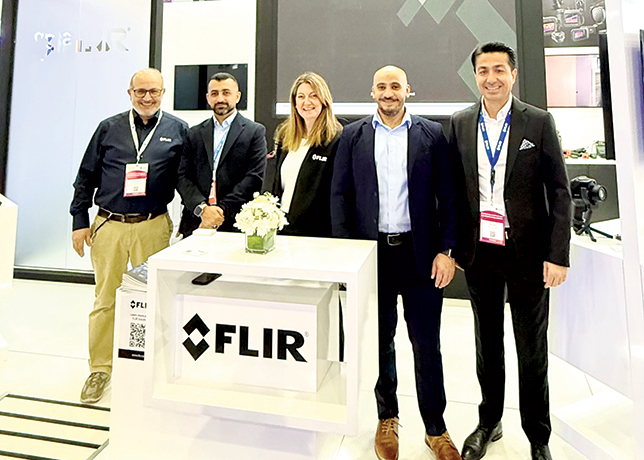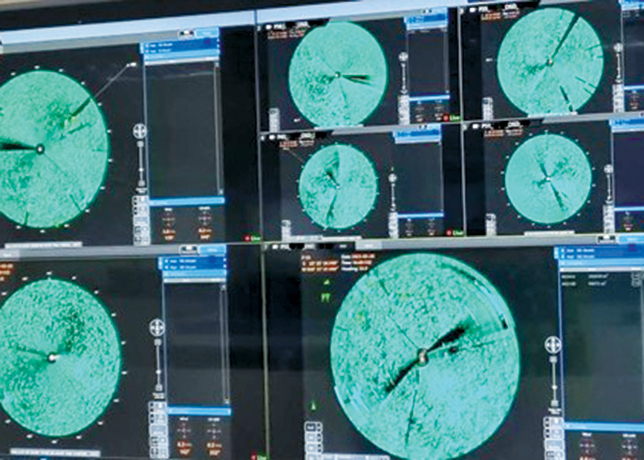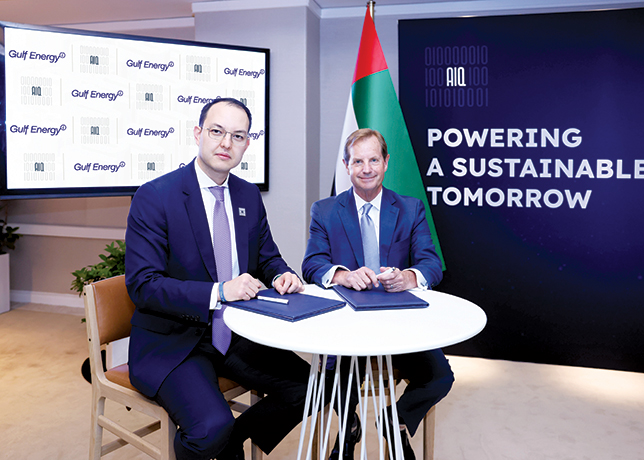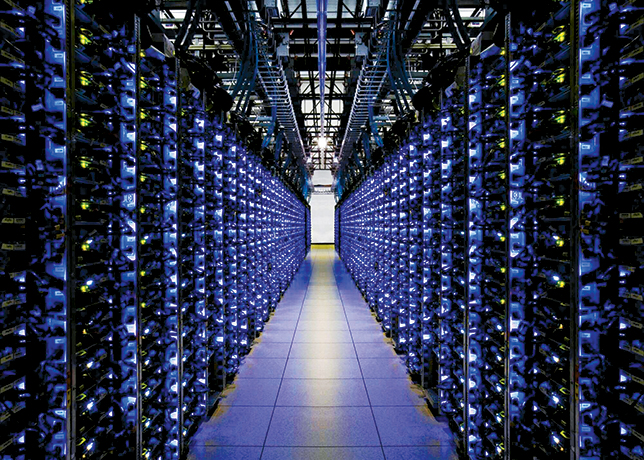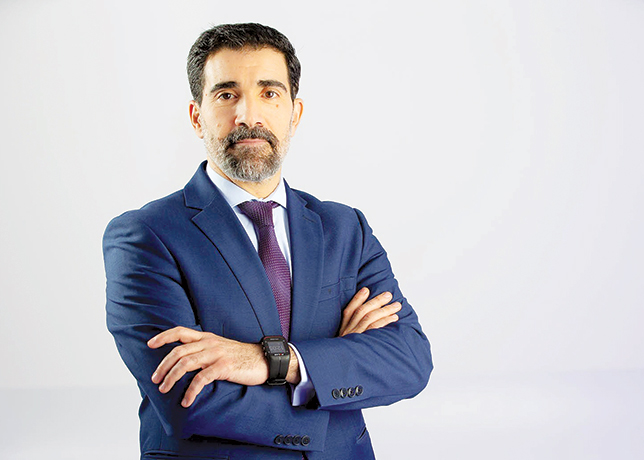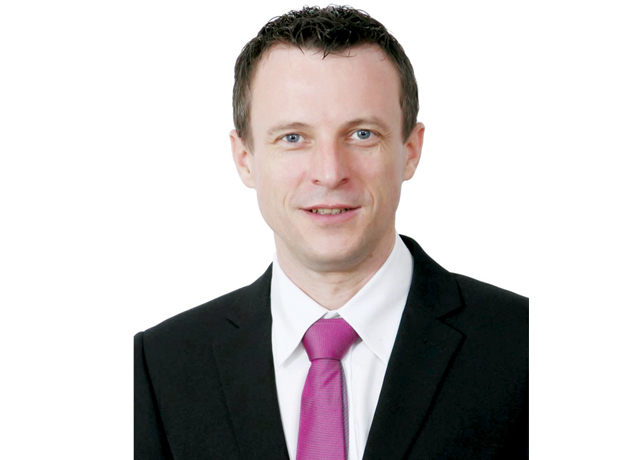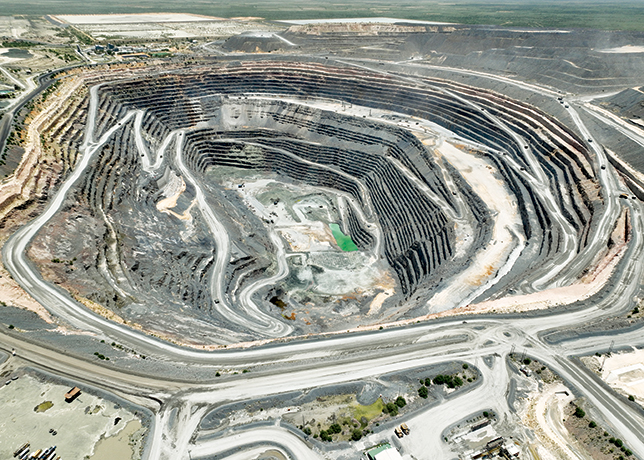
 80 per cent of flat product volumes were sold on the domestic market.
80 per cent of flat product volumes were sold on the domestic market.
Hadeed, a Jubail-based Sabic subsidiary was one of the earliest forces to transform the city from a sleepy fishing village to an industrial powerhouse.
It was established as part of an effort to industrialise the eastern province of Saudi Arabia.
Now, a well-recognised name in the global steel market, it is looking to upgrade its facilities to improve the quality of its steel output as well as to add new grades to its current product range.
With large-scale oil, gas and petrochemicals projects set to be tendered later this year, to say nothing of projects in the power and water sector, the firm hopes that private-sector investment in the downstream steel industry will pump up domestic demand.
When it opened in 1983, the Hadeed plant comprised direct reduction iron (DRI) facilities, electric arc furnaces and a rolling mill complex, producing 800,000 tonnes per year (tpy) of long products such as reinforcing bars and wire rods.
The facility was upgraded and expanded in the early 1990's to produce 2.5 million tpy of long products.
In 2000, Hadeed started commercial operations of a second plant, Hadeed 2, a flat products line with a capacity of 850,000 tpy.
Hadeed traditionally sells about 90 per cent of its long products output locally and expects to achieve a similar figure for its flat products in 2003.
The company dispatched one million tonnes of hot rolled coils (HRC), cold rolled coils (CRC) and hot dip galvanised (HDG) products last year, compared to 780,000 tonnes in 2001.
Around 80 per cent of the flat product volumes were sold on the domestic market for local processing. The rest was exported to a number of countries including China, US, EU, Egypt, Jordan, Sudan, UAE and Kuwait, it says.
More flat products will be sold locally, according to Mohammad al-Jabr, Hadeed president and vice-president of Sabic's Metals Group.
About 84 per cent of the company's flat products will be sold domestically this year, up from about 50 per cent in 2002, a rise derived by increased construction activity.
"We have plans to increase our long products capacity to 3 million tpy from 2.5 million tpy," Al-Jabr is quoted as saying.
"We will also raise the capacity of our flat products line to 2 million tpy. Feasibility and market studies have shown that this capacity will be required to meet construction activity in the local market."
As it readies itself for this, the company has reportedly set off on a two-fold strategy aimed at ramping total capacity up to 5 million tpy by 2005 to 2006 while simultaneously improving the quality of its product range.
A hot strip mill, a DRI facility an electric furnace, ladle furnace and a continuous slab caster are all to be installed.
The company made a move towards diversifying its existing product range earlier this year, when it signed a letter of intent with Italy's Danieli and Company for the installation of a SR 54 million ($14 million) vacuum degassification unit at the plant.
The unit will add several new steel grades to Hadeed's flat products range, enabling the company to produce grades required for the manufacturing of sour gas and oil pipelines, industrial appliances and vehicles and improve the quality of its present products.
Hadeed steel has already been used for prestigious projects that include Burj al-Arab, the Emirates Towers and the Jumeirah Beach hotel developments in Dubai.
The recent upgrades will serve in improving the company's competitiveness on an international scene as well.
Al-Jabr speaks of the firm's "vision to become the leading producer and marketer of steel products in the region."
"We want to be a supplier to the Gulf and the rest of the Middle East and North Africa," he says.
Hadeed's export target for long products is set at 10-15 per cent of its 2005/06 production levels in the GCC, according to Ibrahim Al-Rashed, general manager for commercial affairs.
It is hoped that China will consume much of the output that the Middle East market does not.
The focus on exports has inevitably led to a reevaluation of the firm's sales strategy, as it focuses on strategic markets instead of spot-basis sales.



